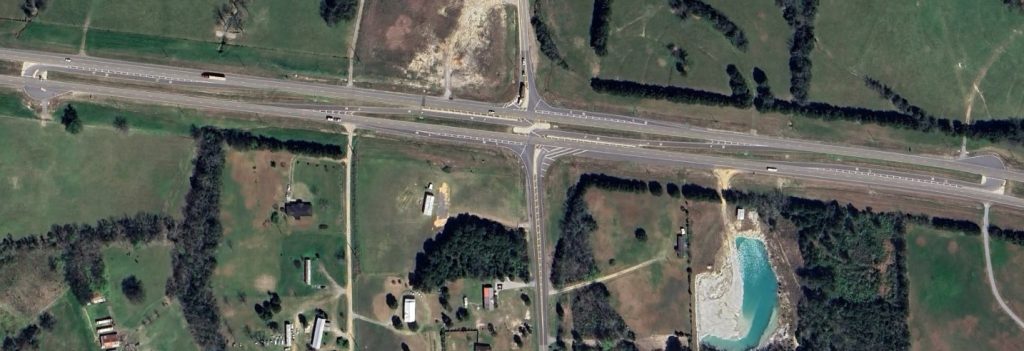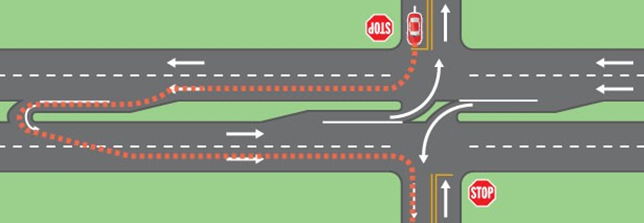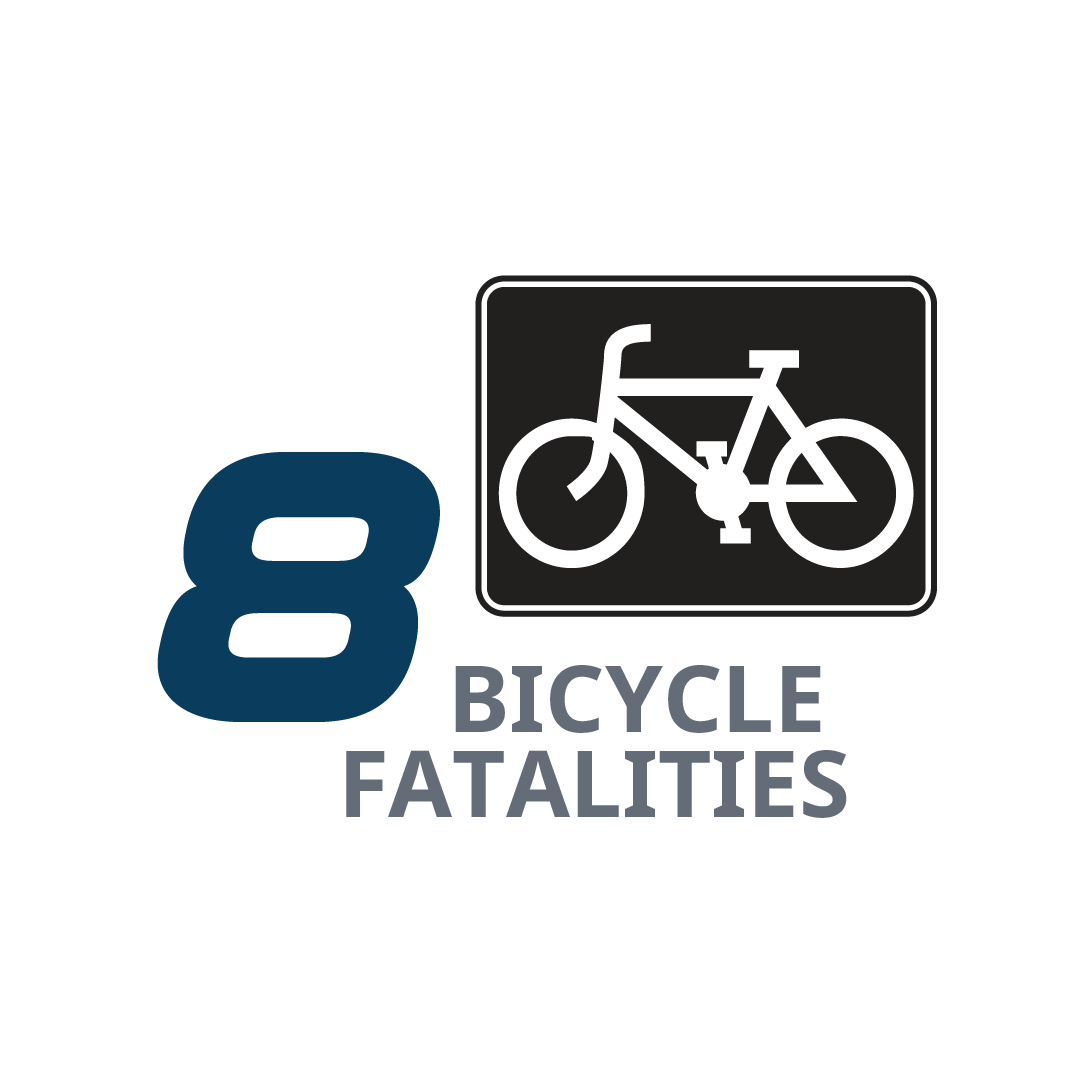For some motorists, restricting the ability to make a U-Turn when you want to make the turn is a change that may seem a little out of the way, however driving a few feet further to save lives makes a lot of sense. The success of the “R-CUT” configurations throughout the state are a testament to the effectiveness of innovative road design in enhancing public safety.
What is an “R-CUT” Configuration?
The “R-CUT” design, also known as a Restricted Crossing U-Turn, modifies traditional intersections to reduce the number of conflict points where vehicles can collide. Instead of allowing direct left turns or straight-through movements from side roads, drivers are required to turn right and then make a U-turn at a designated median crossover. This configuration simplifies traffic movements and significantly reduces the chances of angle collisions, which are often severe.
“The significant reduction in accidents highlights the value of such interventions in saving lives and preventing injuries, “said Brian Aaron, Assistant Region Engineer.
The Success of an “R-CUT” Configuration on US-80 and SR-25 in Faunsdale, Alabama.

In 2019, at the request of town leadership and first responders with the Town of Faunsdale, the Alabama Department of Transportation (ALDOT) undertook a safety highway improvement project at the intersection of US-80 and SR-25 near Faunsdale, Alabama. The introduction of the “R-CUT” configuration was aimed at enhancing road safety and reducing traffic accidents at this historically hazardous intersection. Now, nearly three years later, the results are in, and they tell a compelling story of success.
The Problem: Pre-2019 Accident Data
Before the implementation of the R-CUT, the intersection of US-80 and SR-25 had a troubling crash history. From 2018 to 2020, the intersection saw an average of seven crashes per year, with 25 percent of these being severe, resulting in serious incapacitating injury or fatality. Left turn and angle collision types were particularly common, accounting for 80 percent of the total accidents during this period. Angle collisions are one of the most dangerous crash types and often result in serious injury or death.
The need for a solution was urgent, and ALDOT’s decision to implement the R-CUT was driven by the goal of reducing these high-risk conflict points and improving overall safety for all road users.
The Impact: Post-2021 Safety Improvements
Since the R-CUT configuration was installed in 2021, the intersection’s safety record has improved dramatically. Traffic safety data from the three-year period following the construction reveals the following:
- Total Accidents: The total number of crashes at the intersection dropped by 75 percent.
- Severe Accidents: Severe accidents saw an even more significant reduction, plummeting by an astounding 99 percent.
- Fatalities: Importantly, there have been zero fatalities at the intersection since the R-CUT was implemented in 2019. This is a 100 percent reduction compared to the pre-project data.
- Angle Collisions: The number of angle collisions, which were responsible for most of the severe and fatal crashes, has been reduced by 100 percent. This drop is directly attributable to the elimination of risky left turns/cross-traffic thru movements, which is exactly the direct safety benefit this unique intersection design provides.
As Alabama continues to prioritize road safety, the Faunsdale R-CUT serves as a model for similar projects across the state. It demonstrates that with thoughtful planning and execution, highway improvements can lead to safer roads, fewer crashes, and a better quality of life for all road users.




